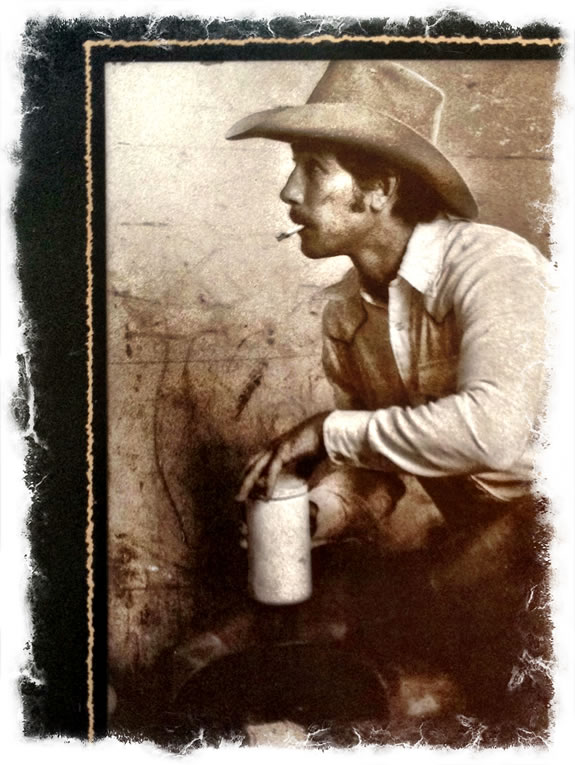
The Craft of the Hand, the Story, the Image
Over time, legends come into play. And if you work the craft, follow your inspirations, you can get to where you want to — the legends, the myths, the stories. But any quest won’t be without travails, challenges, thorny scraps and difficult vistas.
You can quote me on that.
You go in, stride deep, and the journey of design reveals many paths, and these new ways of seeing reveal themselves. A sign, emerges. And I’m looking for signs. Journey, matters.
In the character of that journey, it’s all about the learnings, and the leanings of those that you meet. And mind, meditation and the hand. In my work, one among those are the cowboys. This is a culture that you go into by invitation. It’s a realm of hard-working people — those that live in the craft of the hand, the pull of snapped leather, the waft of cattle and horses, and the crystallized scent of salty sweat, old canvas and cotton, diesel, hay and dust. Working on farms as a bale bucker and combine driver, you get out to the horses, get close to the earth, the wheat, the wind, sun, and the dust.
A field-side mason jar of quenchingly cool well water tastes like heaven’s rain.
I’ve worked with those stories — bull riders, cattle ropers, farmers. And cowboys — a kind of chivalrous, genteel culture — the surprising self-deprecating etiquette of cowboys is a legend, something mythic. What I’m looking at is the work of people — the heart of them — their stories, what their dreams are, their songs.
In the character of my evolving practice, time and again, I realize the power of the direct link to people — being with them, sensing them, listening to them, hearing their world — the appreciative watch; and the visioning of their paths that spiral out like the weaving of a tapestry, layered and marvel-making. I stand in wonder.
Earlier, I’d been asked to offer a gift from a paper company. The idea we’d proffered — a photographic collection by David Watanabe, a man possessed by shooting imagery of cowboys. Some years later, I’d worked with the Bullriders — an expansion on the nature the cowboy.
Hand craft:
hand drawn,
scribed with metal tools
on old handmade paper —
calligraphy of the interviewed cowboy quotations,
hand-drawn border treatments
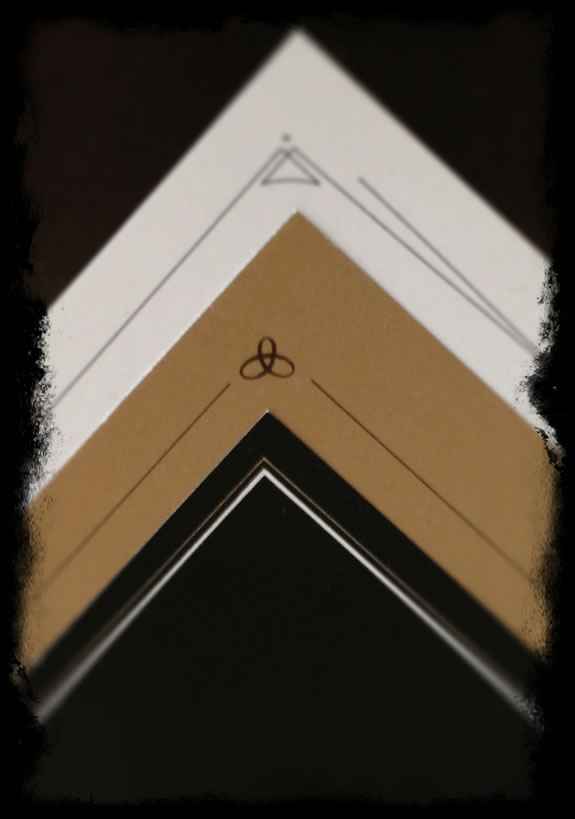
and patterning.
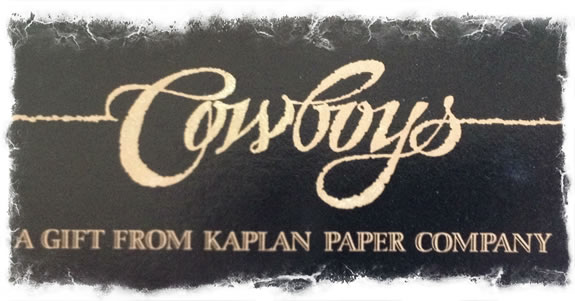
The folio that we’d built is roughly an 8.5×11″ booklet, with a collection of prints, printed using a tri-tone press process, with a gold, a grey and black dot creating — then — a completely unique metallic sheen to the imagery. Duotones are commonplace, tri-tones are more unusual.
The metallic dot: gold, to me, was about a warming sheen to the imagery — though most cowboys wouldn’t see gold as a metal for them, silver more appropriate. The tri-tone innovation was about reflective density in showing off the paper stock.
But, for me, the point was them.
Telling that story, the riders, their lives, the work — it all comes out. A journey, an evocation:
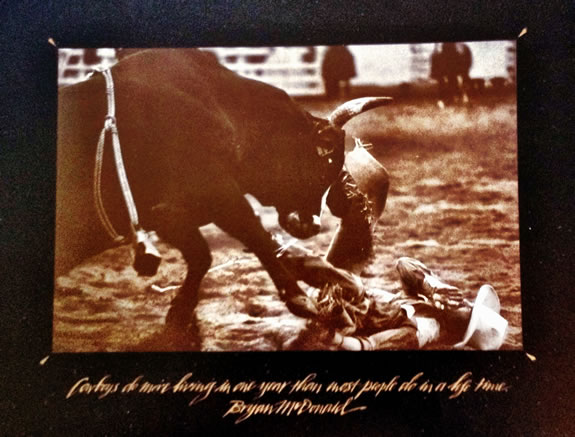
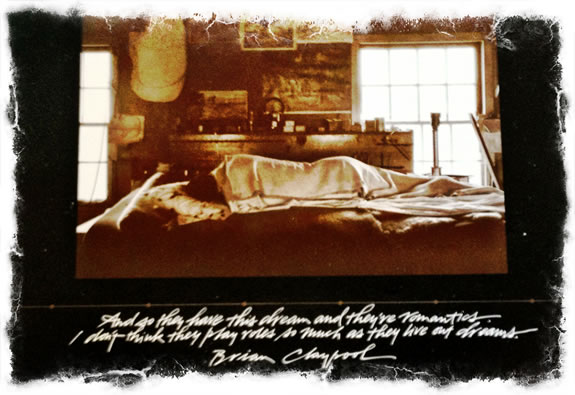
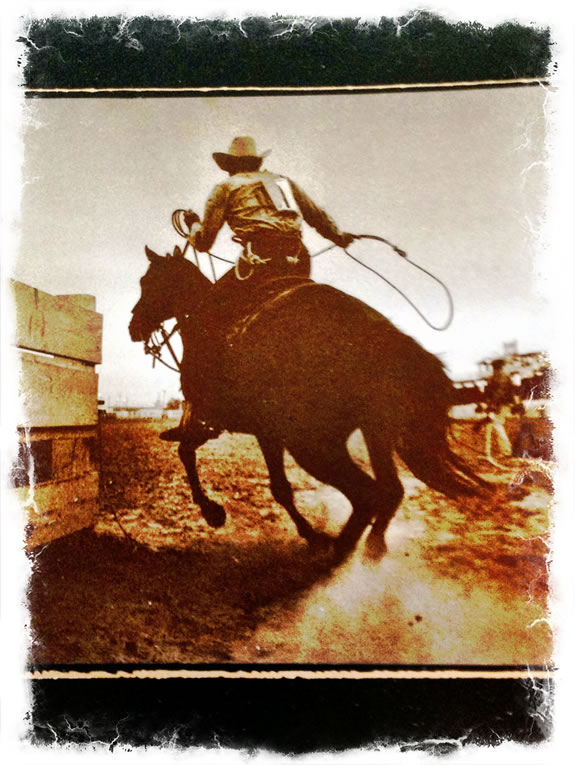
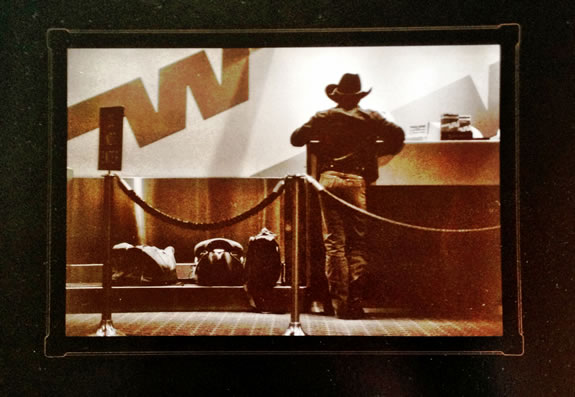
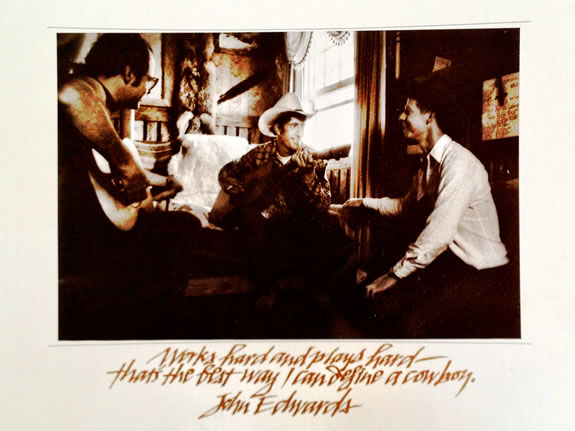
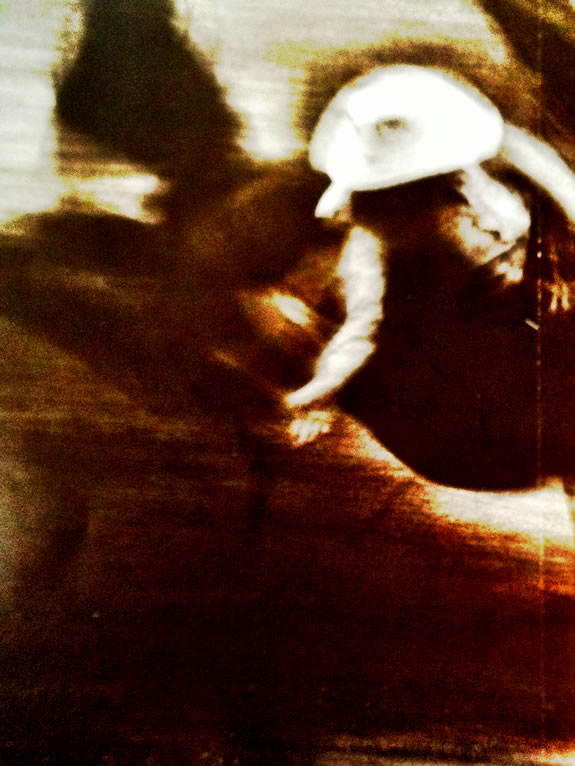
Design, the signing,
an illustration of an idea,
a language, a story, a person —
and what they offer.
TIM
…..
G I R V I N | FINDING SOUL, THE JOURNEY
BRAND REVOLUTION
WORKSHOPS
CREATING STRATEGIES, PRODUCTS,
IDEAS FOR CHANGE.
http://bit.ly/vfzyEU